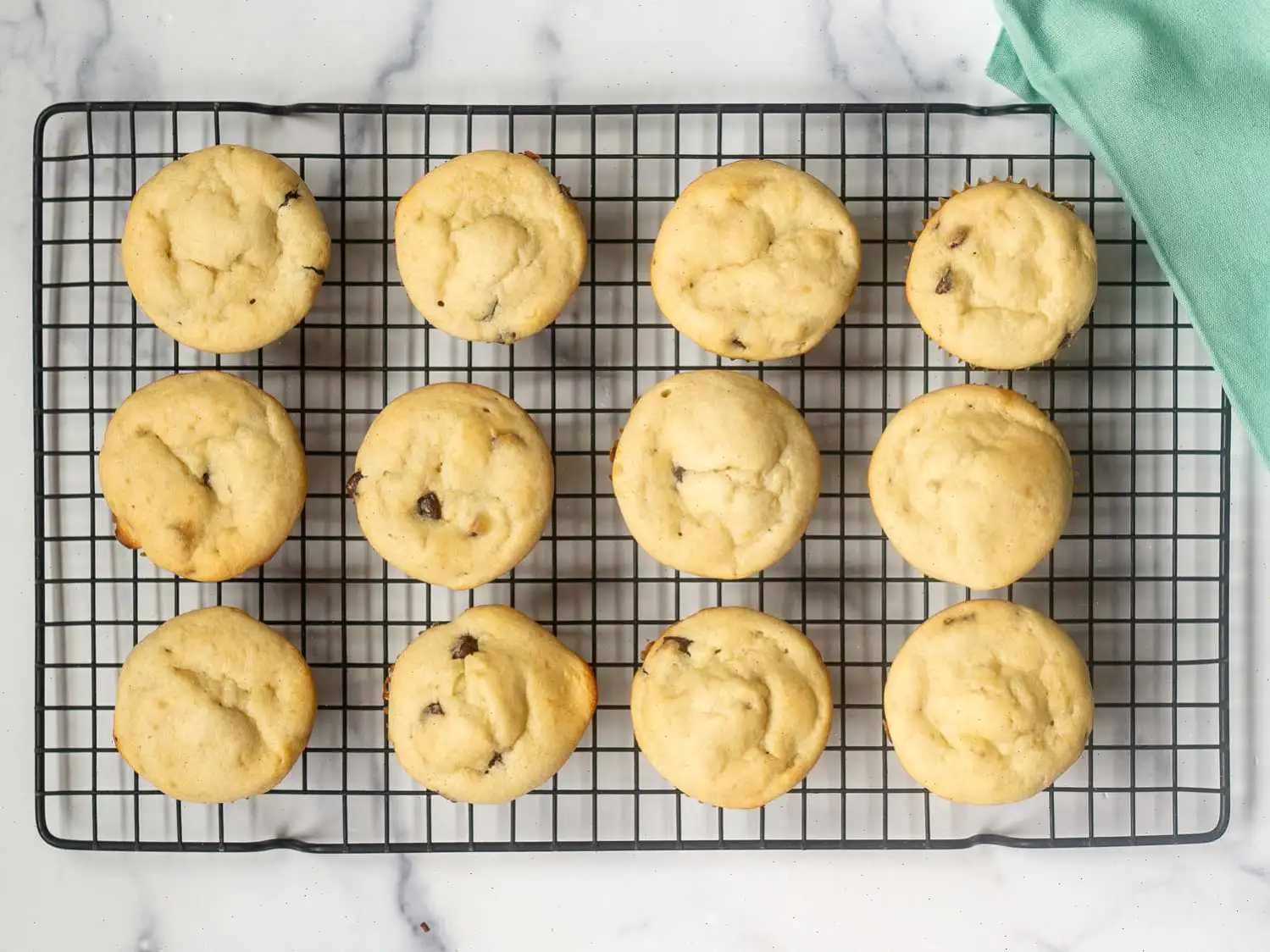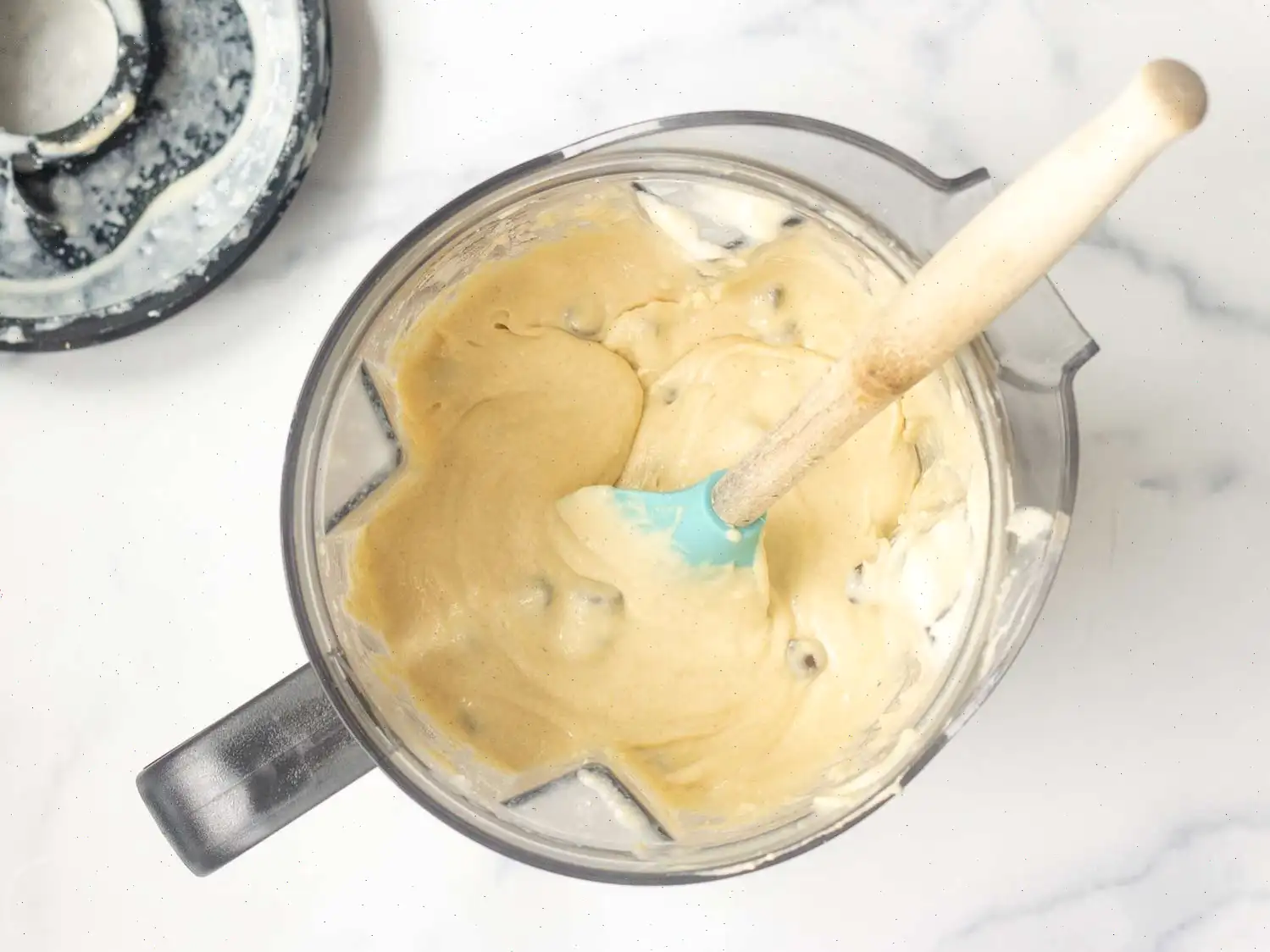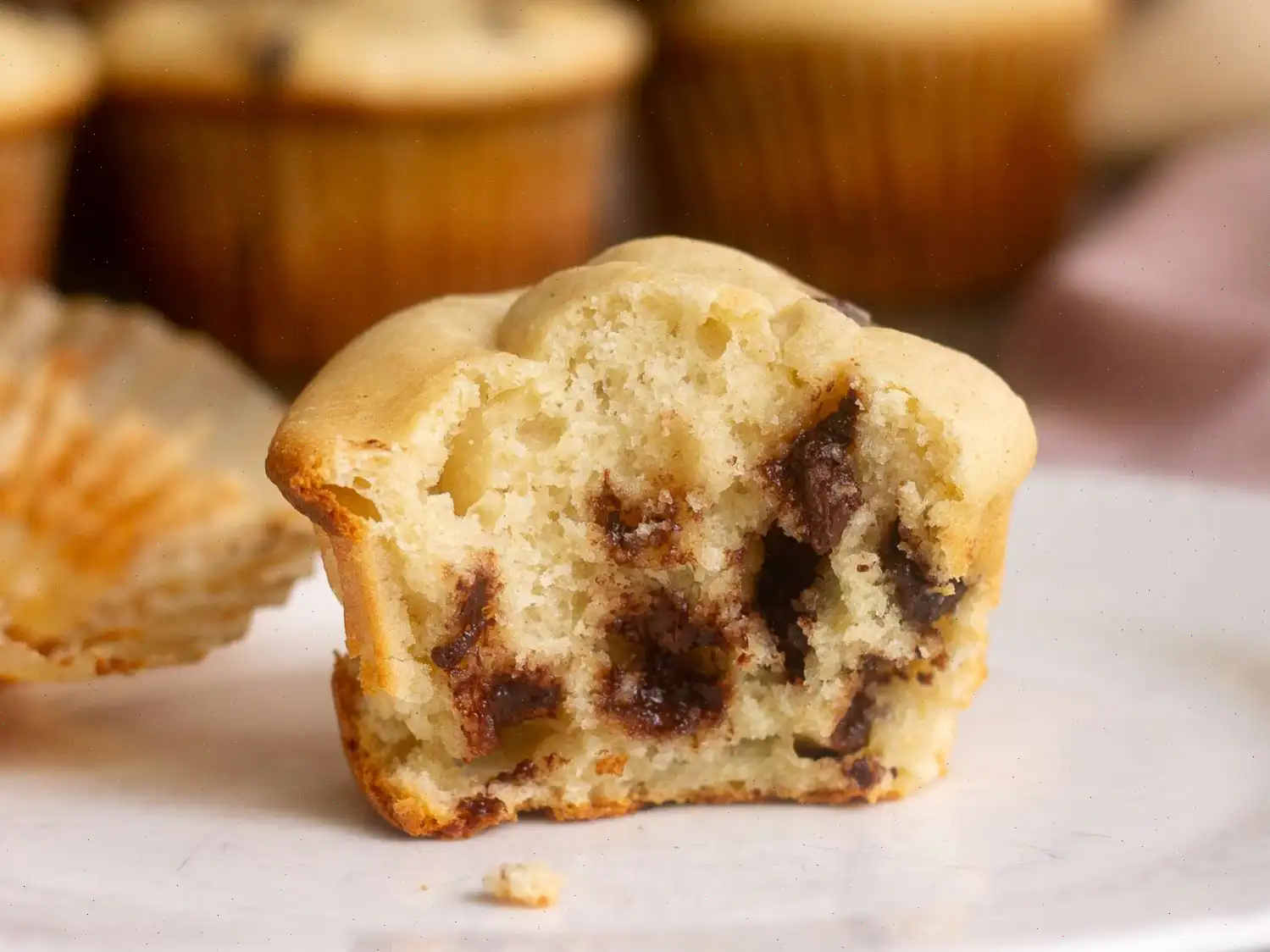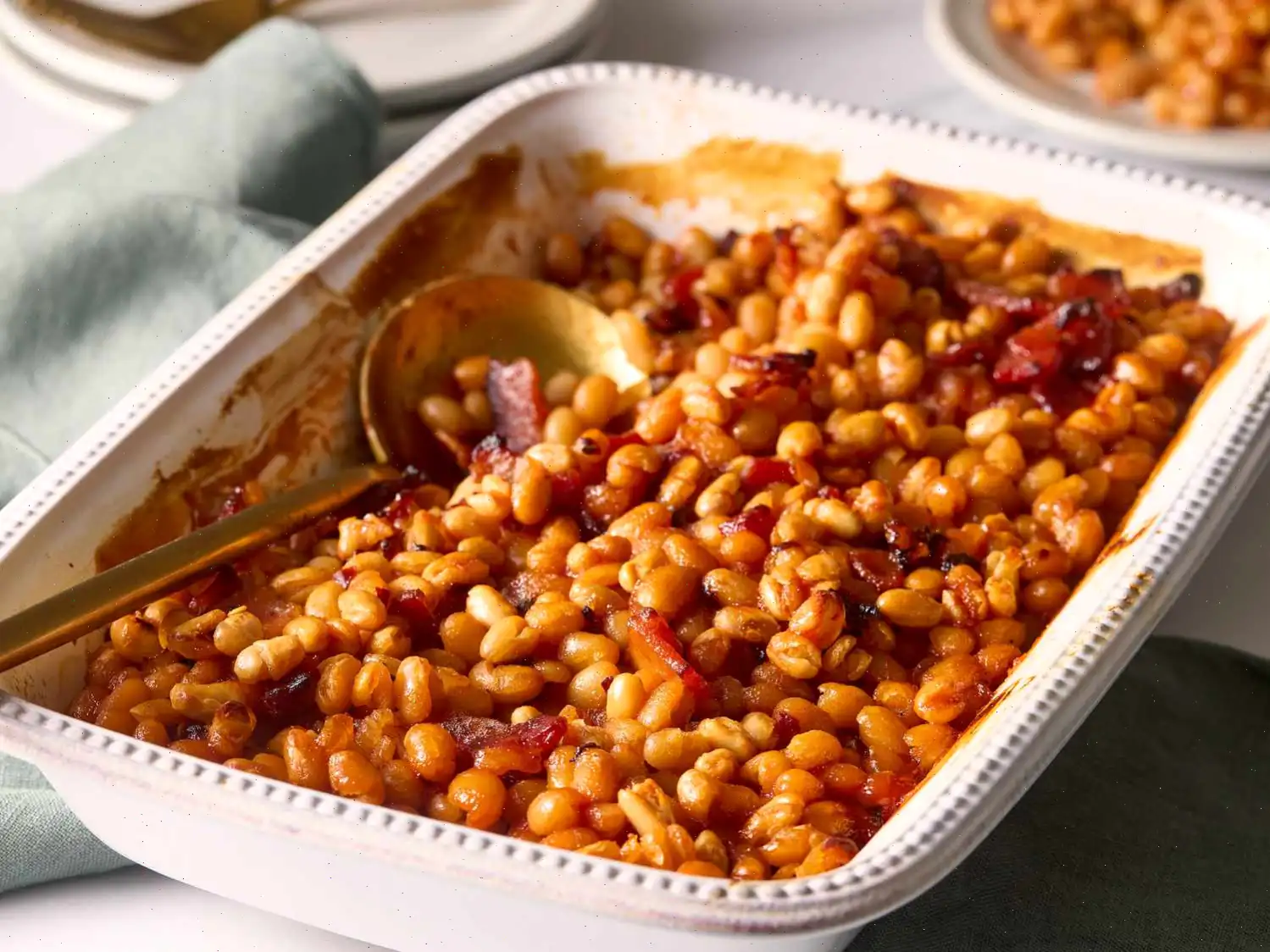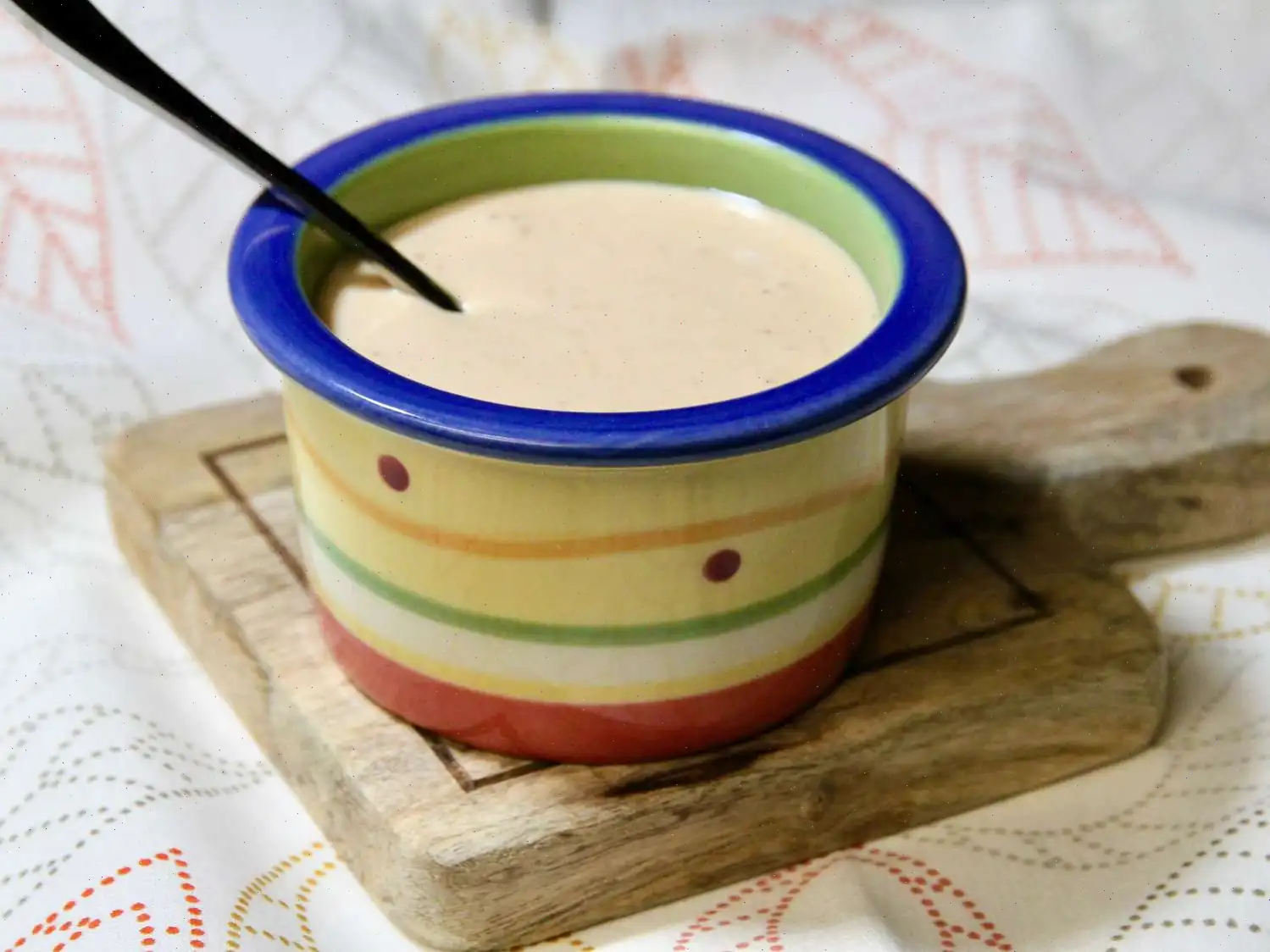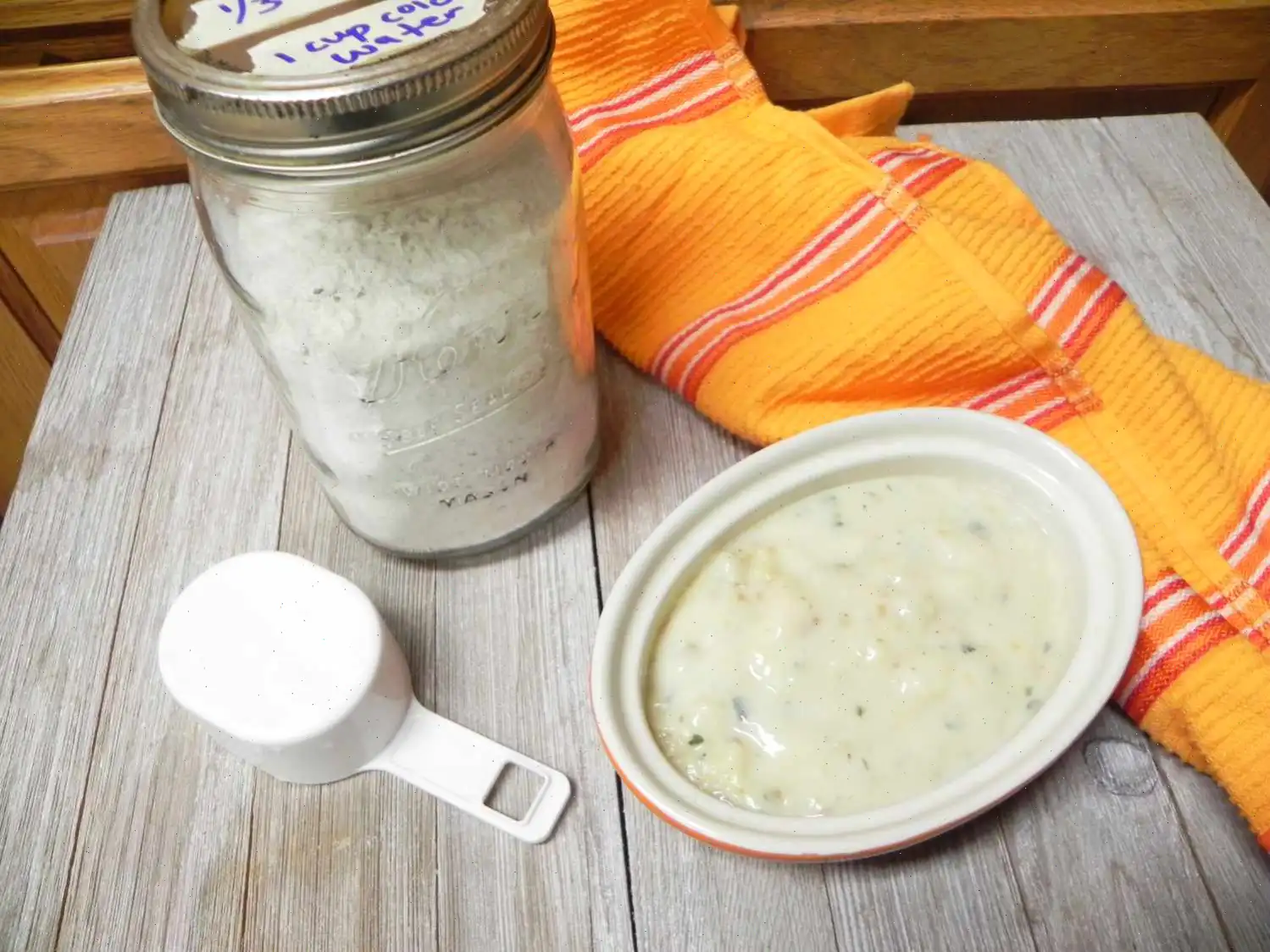
Cottage Cheese Blender Muffins Recipe
Ingredients
This recipe makes 12 servings. Ingredient amounts are for the original yield; cooking times and methods remain the same even if you adjust quantities.
- 1 cup cottage cheese
- 3/4 cup 2% high-protein milk
- 1/4 cup butter
- 1 large egg
- 1 cup self-rising flour
- 1 cup oat flour
- 1/2 cup sugar
- 1 pinch salt
- 2/3 cup semisweet chocolate chips
Directions
- Preheat your oven to 350F (175C). Grease a 12-cup muffin tin or line it with paper liners.
- Combine the cottage cheese, milk, butter, and egg in a high-speed blender. Blend until smooth.
- Add the self-rising flour, oat flour, sugar, and salt. Blend in 20-second increments just until combined. Avoid overmixing to prevent dense muffins.
- Gently fold in the chocolate chips by hand.
- Spoon the batter evenly into the prepared muffin cups.
- Bake for 22-24 minutes, or until the tops spring back when lightly pressed and a toothpick inserted into the center comes out clean.
- Allow muffins to cool in the tin for 5 minutes, then transfer to a wire rack to cool completely.
Cook's Notes: You can make your own oat flour by grinding oats in a high-speed blender. For a peanut butter twist, replace 1/4 cup self-rising flour with 1/4 cup peanut butter powder.
Nutrition Facts (per serving)
- Calories: 213
- Total Fat: 9g (11%)
- Saturated Fat: 5g (24%)
- Cholesterol: 29mg (10%)
- Sodium: 245mg (11%)
- Total Carbohydrate: 29g (11%)
- Dietary Fiber: 1g (5%)
- Sugars: 15g
- Protein: 6g (12%)
- Vitamin C: 0mg (0%)
- Calcium: 74mg (6%)
- Iron: 1mg (7%)
- Potassium: 122mg (3%)
*Percent Daily Values are based on a 2,000-calorie diet. Values may vary depending on your dietary needs.
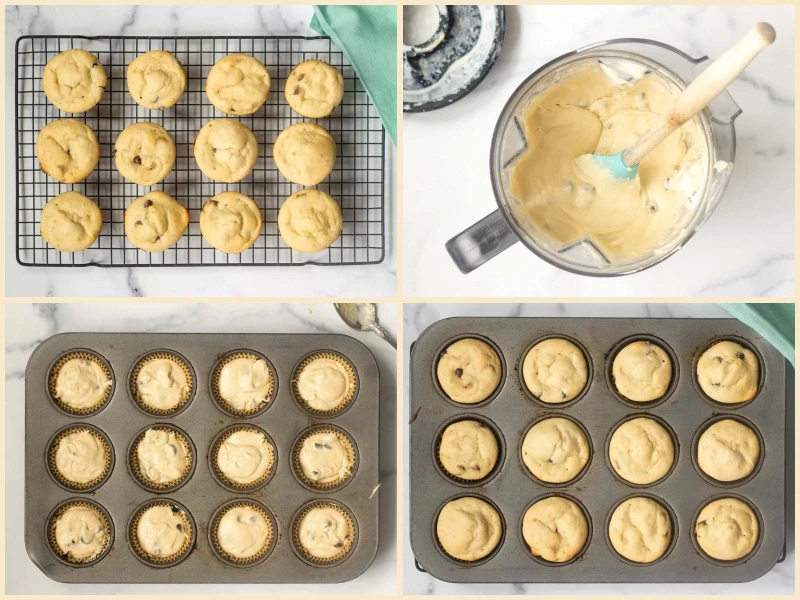
The Story Behind Cottage Cheese Blender Muffins
Cottage cheese muffins have a surprisingly long culinary history that combines practicality with nutrition. Cottage cheese itself dates back centuries, with origins traced to European peasant communities who needed a way to preserve milk in a soft, curdled form. The idea of incorporating it into baked goods likely emerged in the 19th century, when home bakers sought protein-rich alternatives to traditional cakes and breads. The modern blender version of these muffins simplifies preparation and reflects the mid-20th century surge in kitchen appliance use, making high-protein baking accessible to everyone.
Regional Variations
While cottage cheese muffins are popular in American households, variations exist across Europe and North America. In Eastern Europe, they often include raisins, poppy seeds, or a touch of sour cream for added richness. In the United States, oat flour and chocolate chips are common adaptations, reflecting a preference for heartier textures and sweet flavors. Scandinavian versions sometimes incorporate cardamom or lingonberries, highlighting regional spice and berry traditions.
Differences from Similar Baked Goods
These muffins stand apart from traditional quick breads or standard chocolate chip muffins due to the use of cottage cheese and a combination of self-rising and oat flours. The cottage cheese adds moisture and a subtle tang while boosting protein content, creating a soft yet dense crumb that differs from the airy texture of regular muffins. Oat flour contributes a nutty flavor and a slightly chewy consistency, distinguishing them further from standard wheat-based baked goods.
Common Serving Occasions
Cottage cheese blender muffins are versatile and enjoyed in various settings. They are often served as a breakfast item, paired with coffee or tea, or as a mid-morning snack. Due to their protein content, they are popular among health-conscious individuals and athletes. Cafs and brunch spots sometimes feature them as part of a light menu, often alongside fresh fruit, yogurt, or nut butter spreads. They are also suitable for picnics and lunchboxes, maintaining freshness and flavor for several hours.
Interesting Facts
- Blending the ingredients creates a smoother batter, which prevents overmixing and keeps the muffins tender.
- Oat flour can be made at home simply by grinding rolled oats in a blender, making the recipe accessible and economical.
- The combination of cottage cheese and chocolate chips offers a balance of protein and sweetness, making them a satisfying treat that doesnt rely on excessive sugar.
- These muffins have inspired numerous adaptations, including adding peanut butter, blueberries, or citrus zest, demonstrating their versatility in modern baking.
- The original blender method can reduce preparation time by nearly half compared to traditional hand-mixed muffin recipes.


